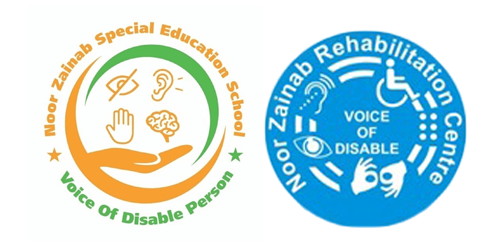Why Are Strokes Increasing Among Young Adults Under 40? Exploring the Alarming Trend
Introduction
Having a stroke before you hit 40 was considered an extreme medical rarity—something that happened, if ever, to someone your grandparents’ age. Lately, though, I’ve noticed a shift. More stories are popping up in the news and on social media: vibrant, seemingly healthy people in their 20s and 30s waking up to a terrifying diagnosis. So, what’s causing this worrying uptick in strokes among young adults, and what can we all do to lower the odds?
The Hard Numbers: Stroke Isn’t Just For Seniors
Let’s start with a reality check. Strokes—essentially, sudden interruptions of blood flow in the brain—have traditionally been linked with old age. But data from the last decade shows a steady rise in cases among people under 40. If you’re not one for statistics, just know this: what was once a 10-in-100,000 event for people under 40 is now closer to 15 or even 20 in some regions. Sure, it’s still not common, but the curve is bending in the wrong direction.
The Usual Suspects: Lifestyle and Health Habits
1. High Blood Pressure & Diabetes
Conditions like hypertension and Type 2 diabetes are surfacing earlier in life. If you think diabetes is a problem for your parents’ generation, think again—fast food, sugary drinks, and sedentary routines mean more young people are developing these risk factors, and the consequences show up sooner than you’d expect.
2. Smoking and Vaping
Let’s not sugarcoat it: cigarettes are still a problem, but the popularity of vaping means new dangers are on the scene. While long-term studies on vaping are still in progress, early evidence suggests it is anything but harmless for your blood vessels.
3. Obesity and Physical Inactivity
As work moves to screens and leisure time revolves around binge-watching, waistlines are inching up. Obesity doesn’t just make it harder to zip up your jeans—over time, it raises your risk for all kinds of cardiovascular problems, including stroke.
4. Substance Use and Alcohol
Heavy drinking and certain recreational drugs can wreak havoc on blood pressure and the heart’s rhythm, triggering strokes even in younger people. And yes, this includes seemingly “harmless” binges during a big night out.
5. Birth Control Pills and Migraines
Women face unique risks tied to oral contraceptives, especially when combined with other factors—like smoking or migraines with aura. If you’re nodding along to those migraine ads on TV, this might be important to bring up with your doctor.
Not Just Lifestyle: The Role of Genetics and Rare Disorders
It would be unfair to lay all the blame at the feet of lifestyle. Genetics can deal you a tough hand. Certain rare conditions (think blood clotting disorders or congenital heart defects) can strike at any age. For some, a stroke before 40 might just be rotten genetic luck. That said, knowing your family history can help you and your doctor stay ahead of surprises.
The Digital Paradox: Are We Simply Catching More Strokes?
Here’s another twist—perhaps part of what looks like a rise is better detection. With smartphones, health apps, and a surge in medical awareness—especially since COVID-19—more people recognize the signs and actually get medical care in time. Plus, imaging technology used in ERs is more precise than ever before.
Attack of the Unexpected: Stress and Mental Health
Ever feel like the world is moving faster? So do our bodies. Chronic stress—whether it’s job pressures, debt, or the fear of missing out (FOMO)—can raise blood pressure, damage arteries, and even trigger heart palpitations. High-stress lifestyles pack a punch.
Staying Ahead: Prevention for the Young and Restless
Let’s face it: most of us don’t want to think about strokes in our 20s or 30s. But a handful of small choices now can add up to a lower risk down the road:
Move every day: Yes, even just a brisk walk counts.
Eat real food: Focus on fruits, veggies, whole grains, and lean proteins.
Don’t ignore headaches or strange symptoms: If something feels “off,” trust your gut.
Know your numbers: Check blood pressure, cholesterol, and blood sugar at annual check-ups.
Share your family history: Don’t leave your doctor out of the loop.
Know the Signs—And Act Fast
I can’t end this without a reminder. Strokes may still be rare in young adults, but they’re devastatingly time-sensitive. Remember the F.A.S.T. acronym:
Face drooping
Arm weakness
Speech difficulty
Time to call emergency services
Minutes matter—don’t second-guess yourself if you or someone else seems to have stroke symptoms.
The Bottom Line
Strokes under 40 are on the rise—not because we’ve suddenly gotten unlucky, but because our lifestyles, habits, and stress levels aren’t doing us any favors. While genetics and chance play a role, most of us have the power to change certain risks. Let’s talk about it, support each other, and, most importantly, take action while we’re still young enough (and wise enough) to make a difference.

